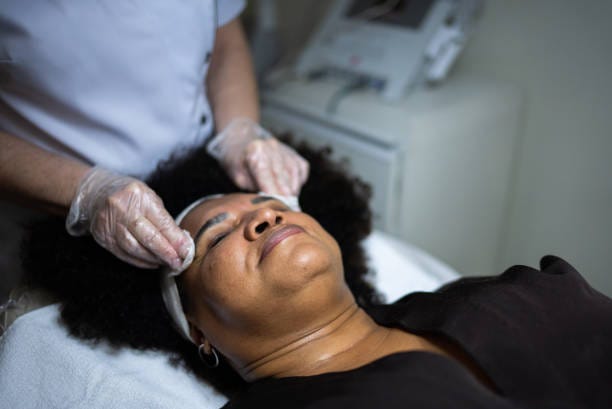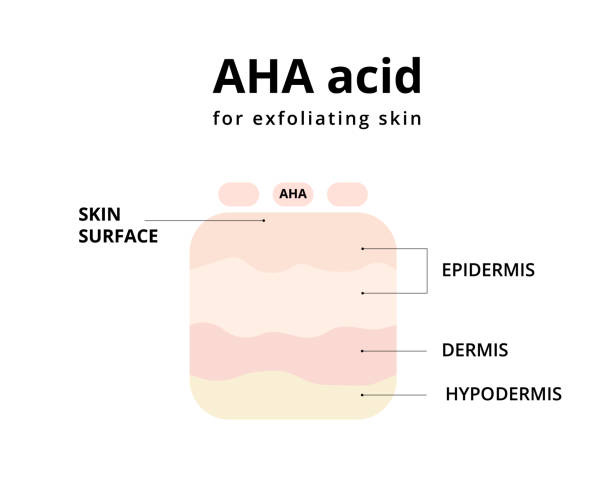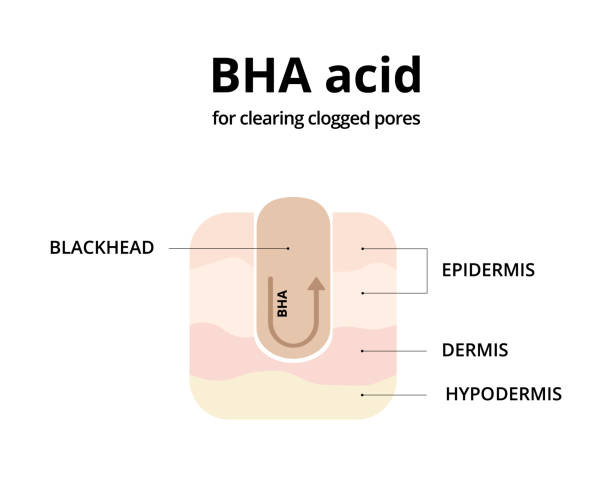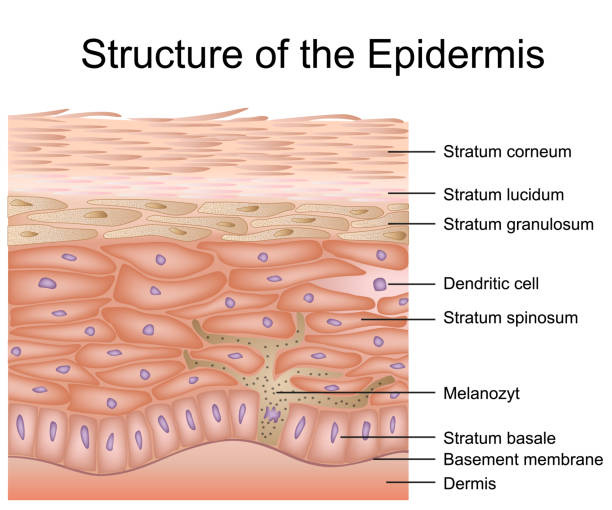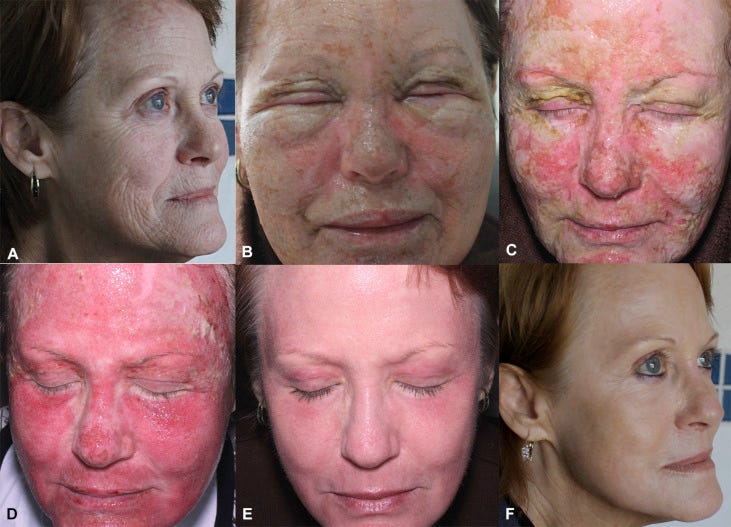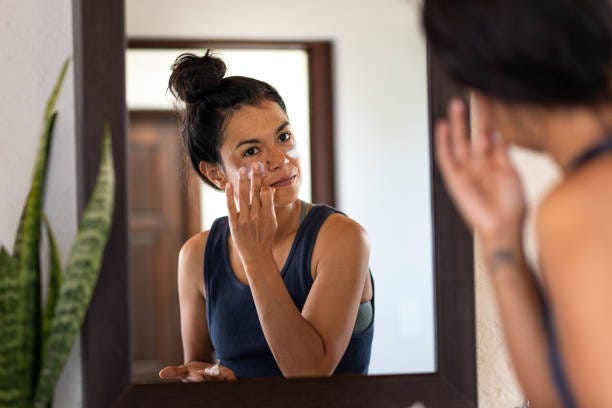Chemical Peels: What You Need to Know
And Which One is Right For You...
What is a chemical peel?
Most people are understandably intimidated by the name, but a chemical peel is essentially a more intense way of exfoliating the skin.
It creates a controlled wound to the top layers of skin, encouraging new skin cells to generate, gradually inducing peeling until a new layer of smooth skin emerges.
Chemical peels are beneficial for reducing fine lines and wrinkles, improving acne scars, hydration of the skin, and correcting uneven tone and texture.
It is one of the most underrated treatments available today!
How to Choose the Chemical Peel Best for Your Skin Type:
Chemical peels are categorized in three ways: light, medium, or deep.
Light peels, also called “superficial peels,” target only the stratum corneum, or top layer of skin. These peels contain a low concentration of acid and are safe for all skin types, including sensitive and dry.
Examples include Alpha Hydroxy Acids (AHAs) like Glycolic, Lactic, Malic, and Mandelic. All AHAs are naturally derived from foods and encourage the shedding of sun-damaged skin.
These specific acids are best if you’re looking to treat fine lines, mild hyperpigmentation, and overall dry, lackluster skin. The end result is “LBT” - lighter, brighter, tighter.
You may have also heard of Beta Hydroxy Acids (BHAs). The most common BHA is Salicylic acid, another example of a light peel.
While salicylic acid also treats fine lines and wrinkles, it is especially ideal for those with acneic skin or rosacea. These peels reduce erythema (redness), dissolve oil, stimulate collagen production, and are anti-inflammatory and anti-microbial.
Light peels can be done every 2-4 weeks as maintenance. Expect minimal downtime and mild peeling.
Medium peels penetrate the epidermis and into the upper part of the dermis. These peels include TCA (Trichloroacetic Acid, available in concentrations of 15-35%) and Jessner’s peel, which combines equal amounts of salicylic, resorcinol, and lactic acids.
These are great for all skin types and target extensive acne scarring, moderate hyperpigmentation, and deep wrinkles. This will require a little more downtime, with most clients experiencing redness and peeling for up to one week.
Depending on your results and tolerance level, medium peels are recommended every 1-3 months.
Deep Peels include TCA peels with a higher concentration of TCA acid (above 35%) and the infamous Phenol peel (combining phenol and carbonic acids). These peels will penetrate the deepest, reaching the mid-reticular layer or the bottommost layer of the dermis.
This is an extreme peel for extreme results! Targeting profound wrinkles, severe scarring, and hyperpigmentation.
You can anticipate several weeks of healing and ongoing erythema that may take months to subside. The good news is: this is a once-in-a-lifetime peel! Due to its risky nature, this peel is for those who have exhausted all other options and can only be performed by doctors.
Before Getting a Peel:
Always consult with a licensed esthetician or other skincare professional.
Stop ALL retinol, acids, and exfoliants 5-7 days prior to your peel.
Remember to apply and reapply your sunscreen following a chemical peel.
Stick to a gentle moisturizer and approved post-care products to best aid in your healing.
Do not pick your skin, as this can cause scarring.
A chemical peel has many benefits, and in the right hands, this is an excellent and effective tool if you’re looking to improve the appearance of your skin.
If you have any questions on chemical peels or want help deciding which one is best for you, set up a skin analysis with me.




